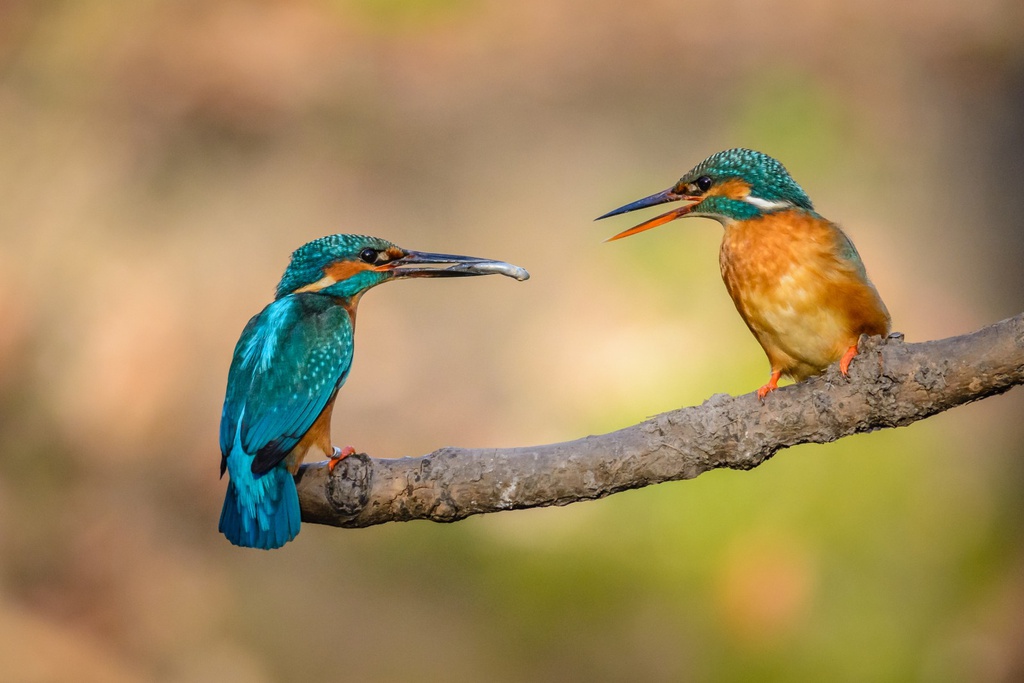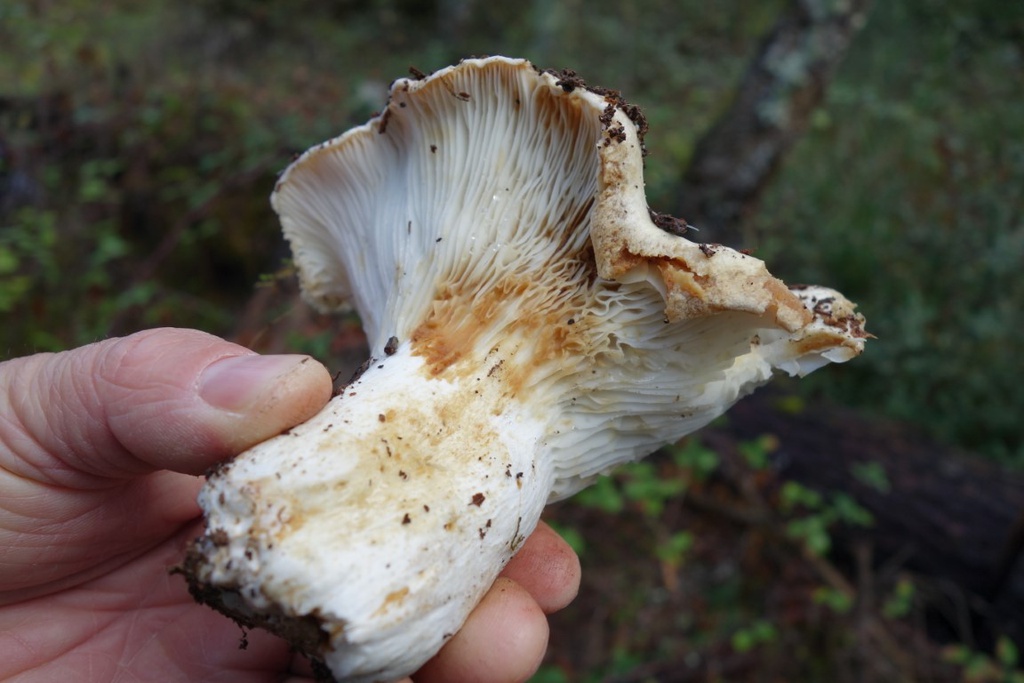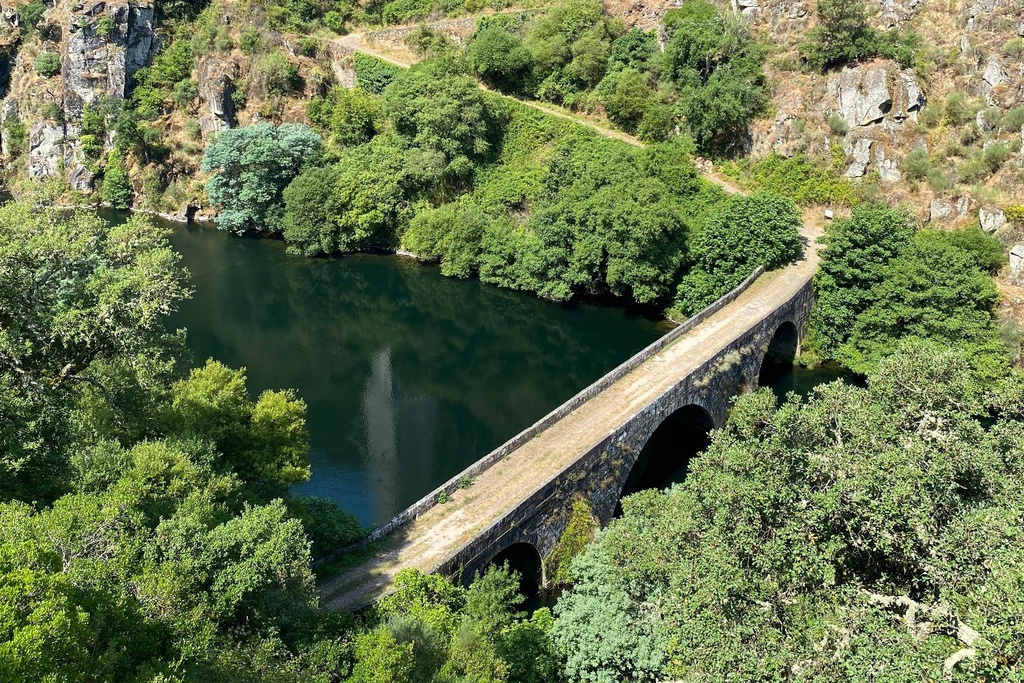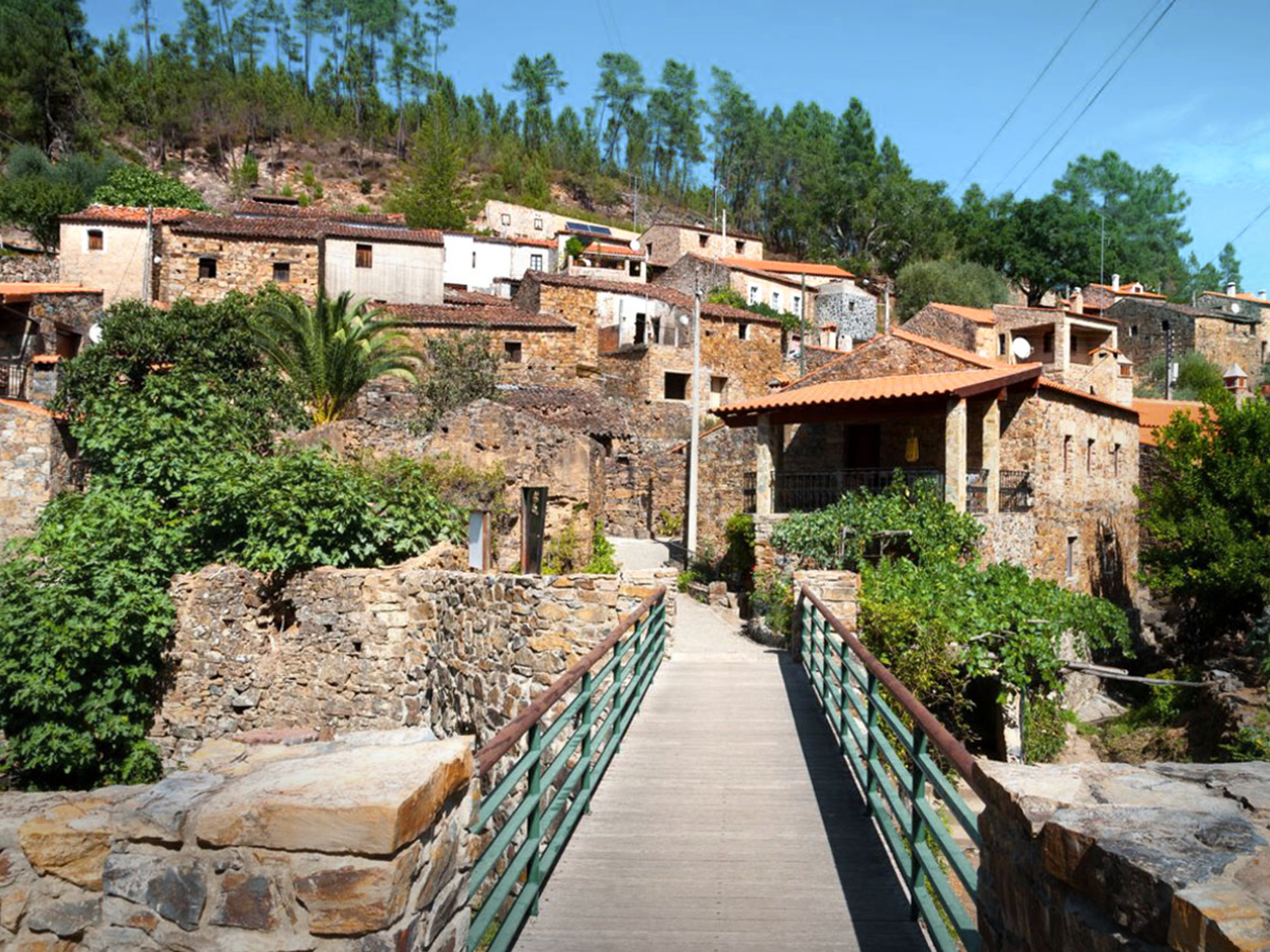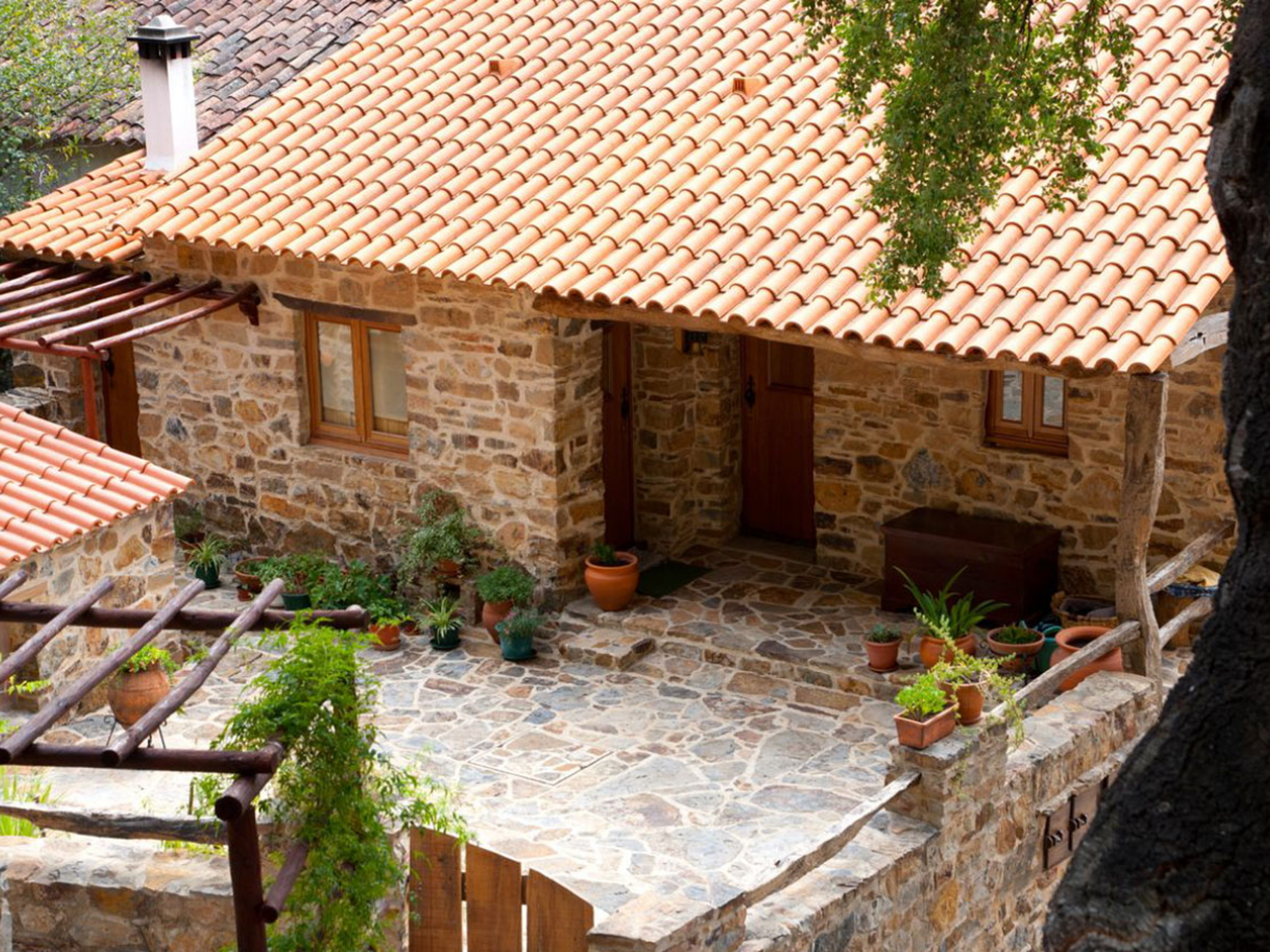10 km from the Geodesic Centre of Portugalread in xistopediaA museum space dedicated to science regarding the… ,the village of Água Formosa hides away on a sunny slope between the Ribeira da Corga and the Ribeira da Galega. Upon arrival, you are greeted with peace, interspersed with the trickling of water between the rocks in the riverbed.
You can still find evidence of ancient traditions here, such as a number of wood-burning ovens scattered around the village and also of traditions calling on the power of the water, in a natural setting that highlights the best relations between Man and Nature. Otherwise the name of the village would not derive from there being a spring of purest water there.
In Água Formosa, the hillsides slope steeply and are covered in rocky outcrops. The houses are mainly along the left bank of the stream, benefiting from its good sun exposure.
THE VILLAGE LIVES AGAIN
Here we fall for the sincere kindness of the inhabitants, for the cobbled path that leads us to the spring of purest water, an antidote for the heat which also quenches our thirst for rest. Try crossing the footbridge over the stream to gain a different perspective of the village.
Along with the requalification of the village came new inhabitants: the population jumped from four in 2002 to the nine that currently live here permanently. A tourist accommodation unit was built here in recent years. And one by one, the remaining houses are being restored. Temporary residents appear at the weekend and leave anxious to return soon. There are new vegetable plots and fruit trees all around the village. The village lives again.



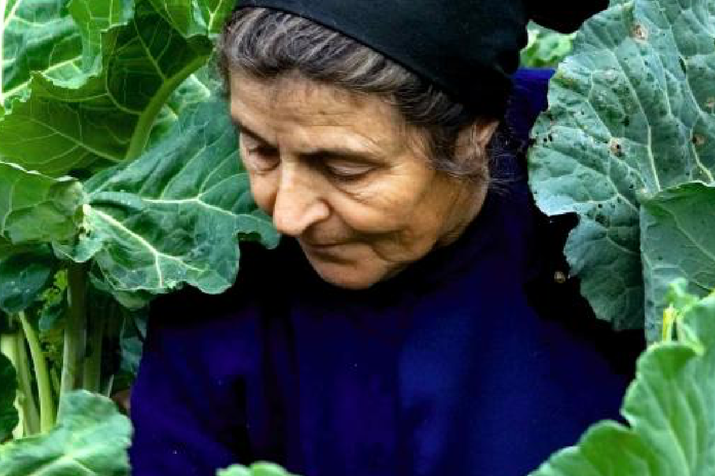
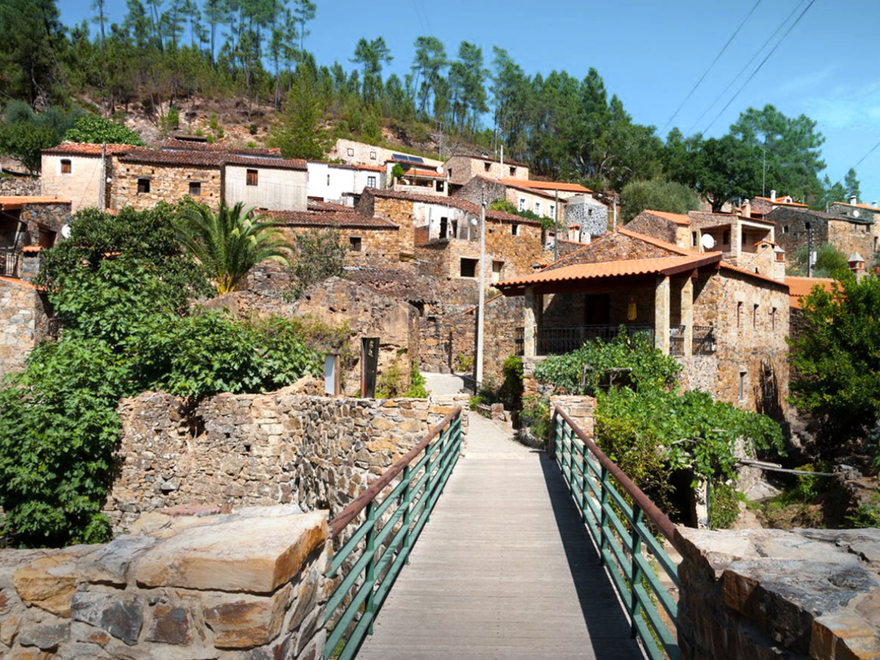
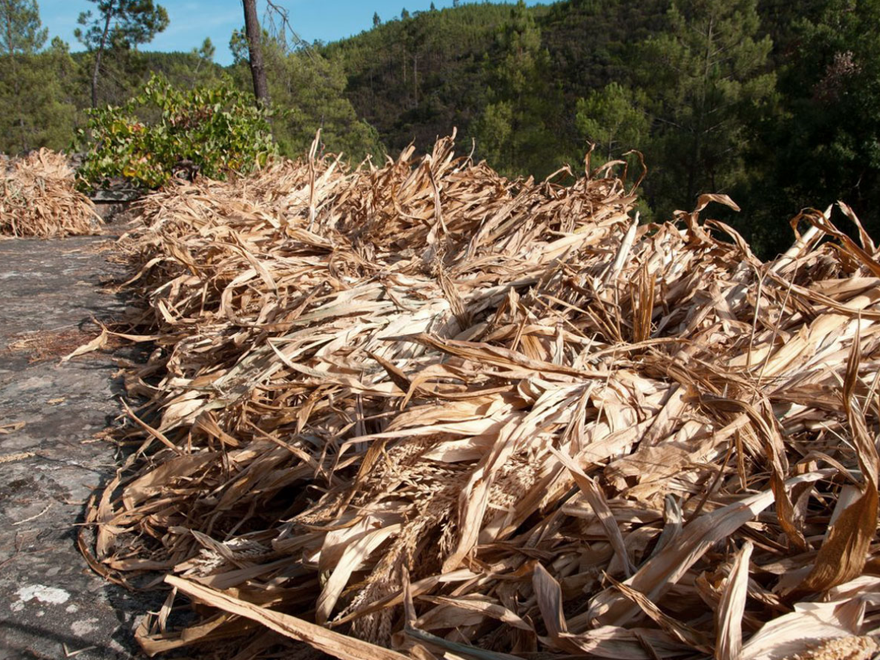
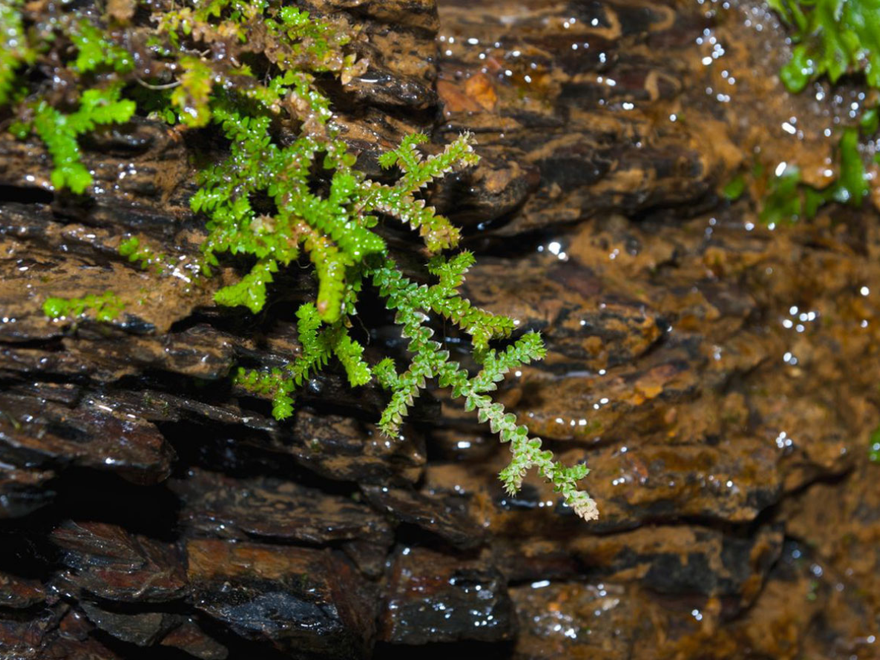
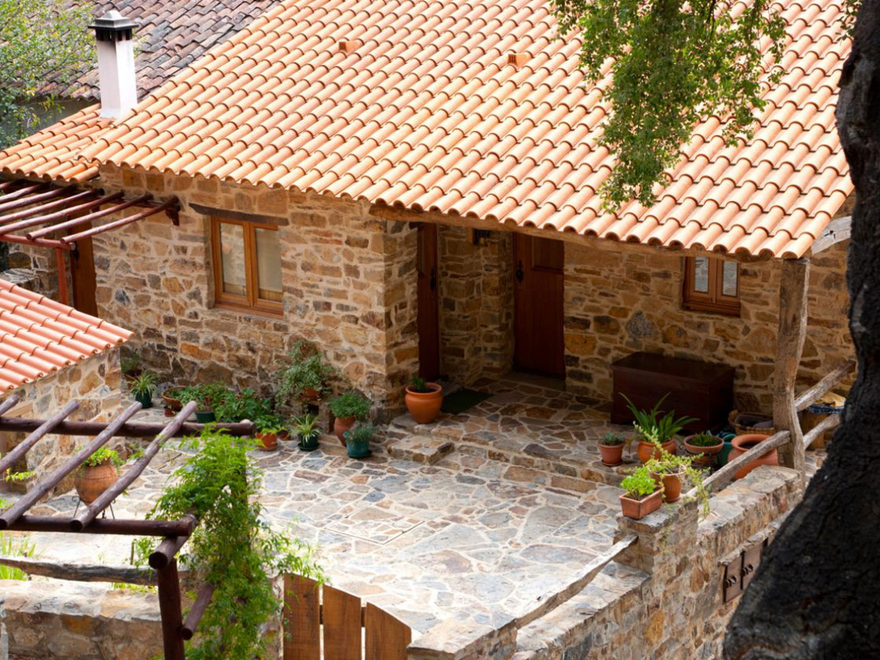
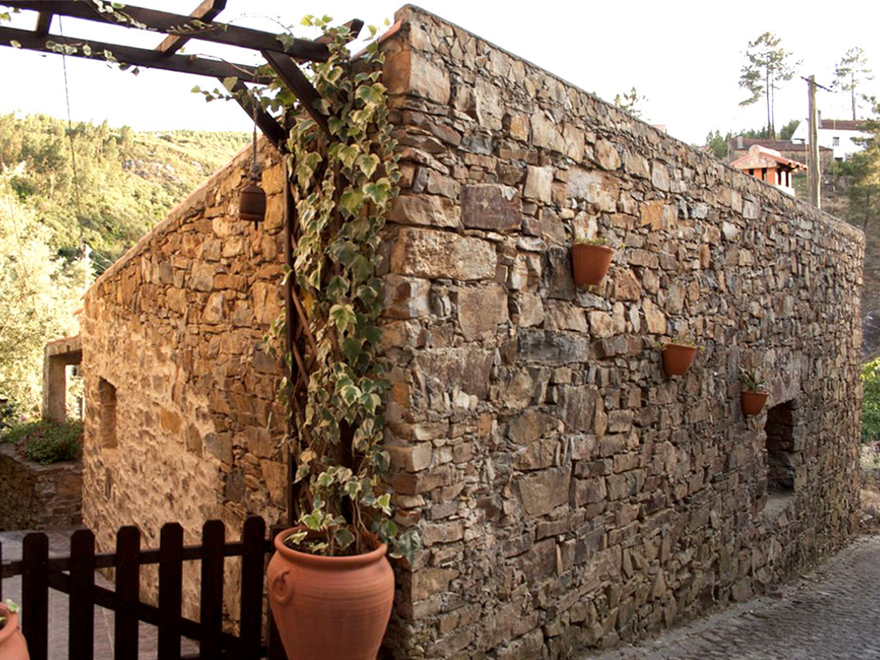
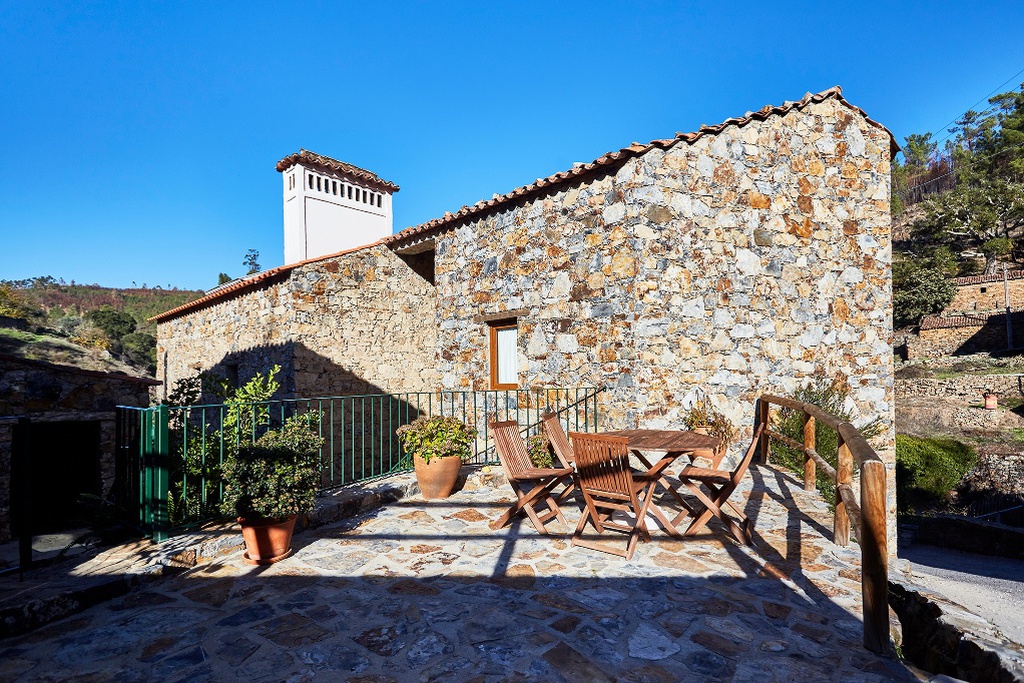
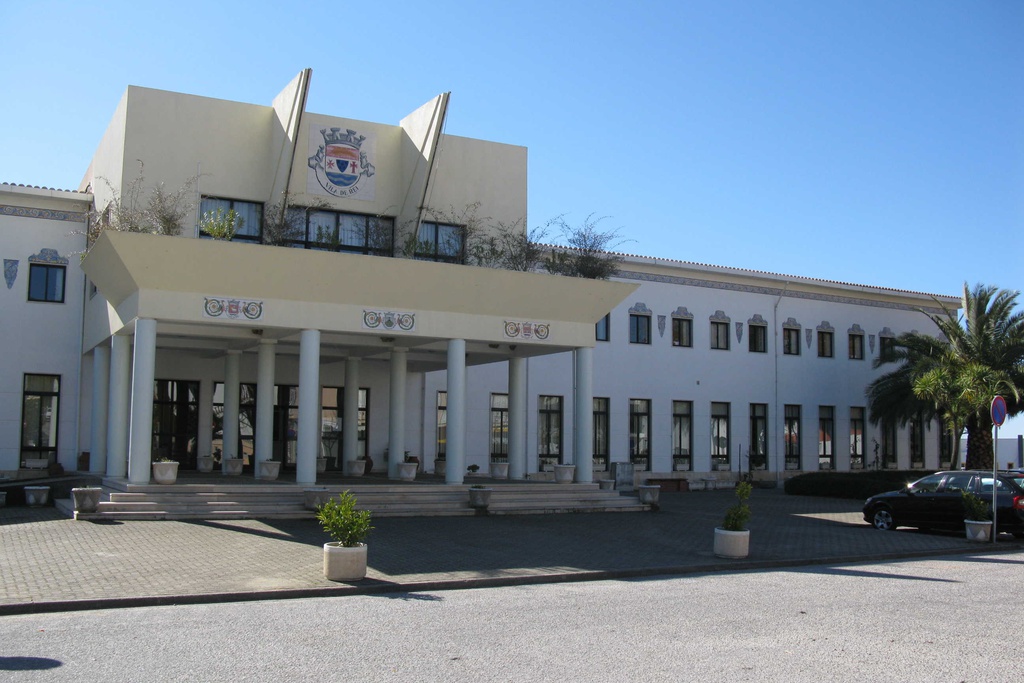
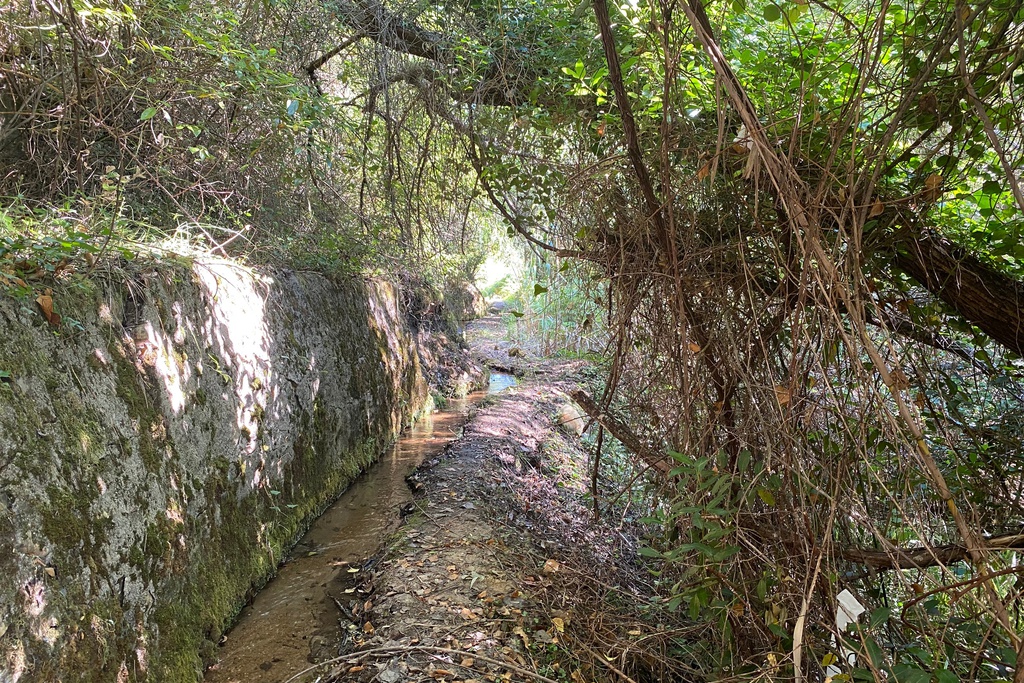
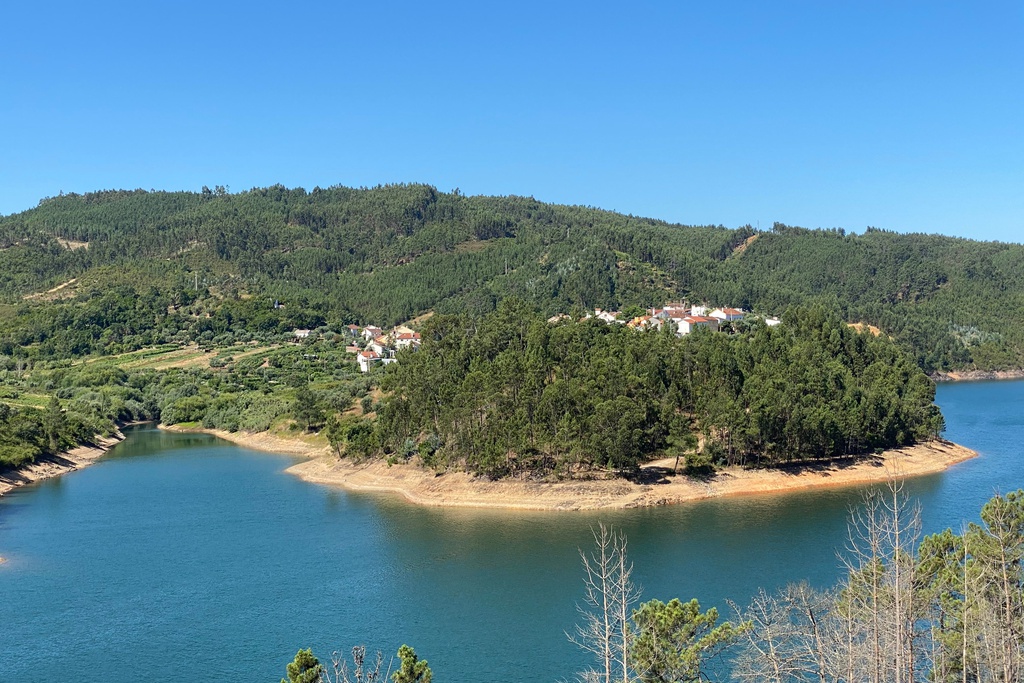
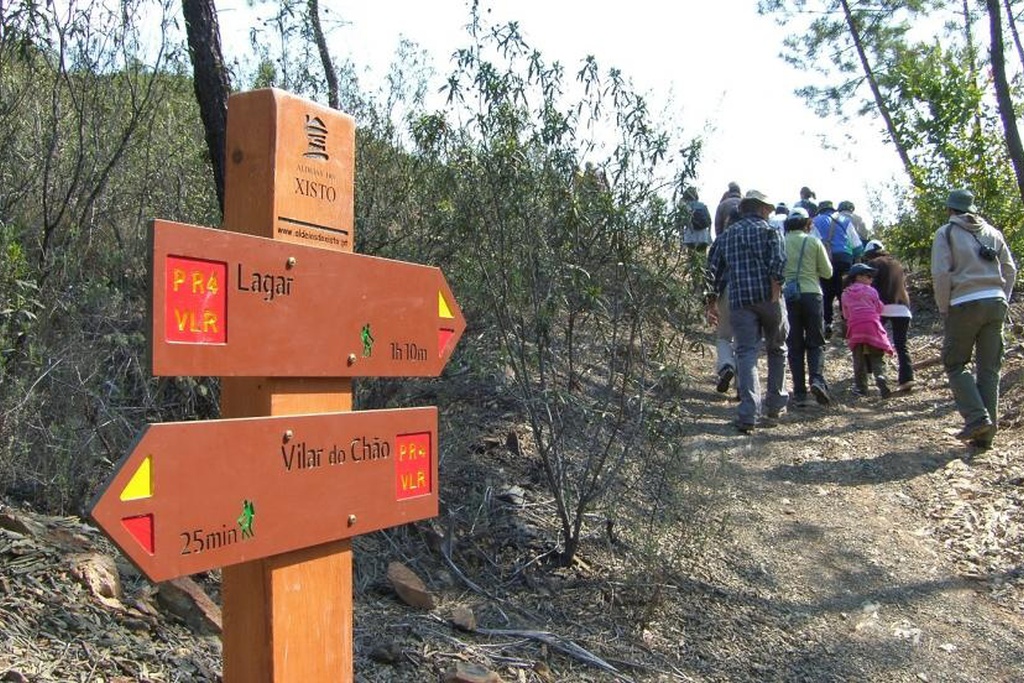
![The Tagus Route [GRZ - MTB Sector 9]](/media/filer_public/91/66/91665b72-ef80-417a-8eb1-187342a0abc2/aldeias-xisto-aldeias-xisto-c381rea_de_descanso_da_cabec3a7a_gorda_qzg5xio.jpg.1024x683_q95_crop_upscale.jpg)
![GRZ on Foot - The Tagus Route [Sector 9]](/media/filer_public/de/19/de19a71e-9d2f-4efc-8f52-e25072f77f9e/aldeias-xisto-aldeias-xisto-a_caminho_do_tejo_penedo_furado__matagosa_gr33_-_grz_etapa_1_xsmae9a.jpg.1024x683_q95_crop_upscale.jpg)


